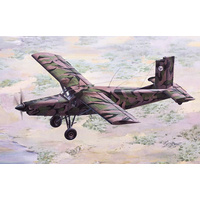
Roden 1/48 Pilatus PC-6B-2/H-2 Turbo-Porter Plastic Model Kit
$59.99
Description
The turbo-prop PC-6 quickly became popular among pilots, and the plane began to be exported outside Switzerland to many countries on different continents of the world. In 1963 several military arms in the United States were interested in it, and later in that same year a PC-6A was purchased for testing. Subsequently Fairchild Hiller Aircraft Corporation received a license to build the PC-6 in the U.S. A small number were completed as light strike aircraft (AU-23 Peacemaker); and the conventional PC-6B, which was used as a light transport for small quantities of people or cargo, was designated the UV-20A Chiricahua in the U.S. Army. Some of these machines have served not only in the U.S.but also abroad, as for example, with the American forces stationed in West Germany during the time of the Cold War. They were later returned to the U.S., where they are still used as vehicles for groups of parachutists.
In North and South America, the United States was not the only country which had the PC-6 in its inventory. Argentine Naval Aviation still flies the type today, patrolling the ocean coast. And the PC-6 is in service in Bolivia, Colombia, Ecuador and Mexico.
There were 19 PC-6 machines belonging to the Australian Air Force and they were extensively used, even during the Vietnam War, dropping Special Forces Groups directly into major combat zones. Also, the PC-6 was useful in evacuation of wounded men from the battlefield, transportation of partisan groups, covering withdrawal from the battlefield, and so on. In less than two years of service with Australian troops in Vietnam, PC-6 pilots carried out nearly seven thousand combat sorties, losing only one aircraft. After the withdrawal of U.S. forces from Vietnam, some Australian PC-6's were transferred to the Air America" airline, while others were taken back to Australia, remaining as part of the country's Air Forces until 1993. After decommissioning almost all of them gained new private owners, and they are now frequent guests of various Air Shows.
Half a century after its first flight, the PC-6 is still in military and civil service in many parts of the world, joining the same rare club as such famous aircraft as the Piper Cub or the Antonov AN-2, proving that sometimes a machine which at first sight seems basic and simple in design, can outlast many of its more sophisticated and advanced brethren."
Specifications
| Brand | Roden |




































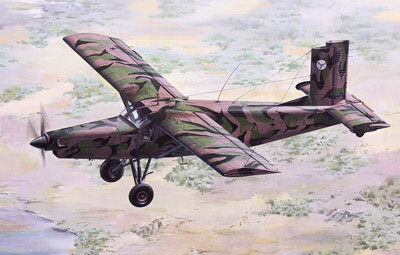
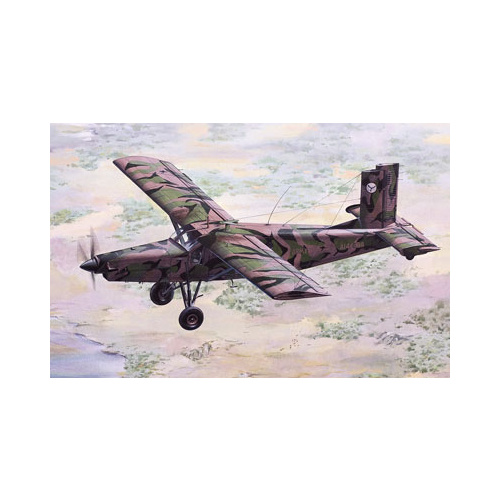
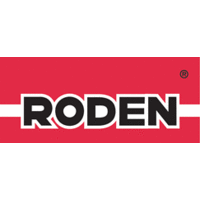
 Flat Rate
Flat Rate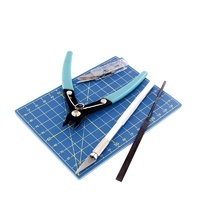
![Deluxe Materials Plastic Kit Glue 20mL [AD70]](/assets/thumb/DM-AD70.jpg?20230421114526)
![Academy 1/72 PBY-5A Catalina Plastic Model Kit *Aus Decals* [12487]](/assets/thumb/ACA-12487.png?20210309115528)
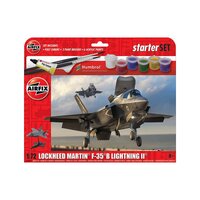
![HobbyBoss 1/72 T-6G Texan Plastic Model Kit [80233]](/assets/thumb/HB80233.jpg?20230130114234)
![Kotare 1/32 Spitfire Mk.Ia (Mid) [K32001]](/assets/thumb/KOT-K32001.jpg?20230504132129)
![Academy 1/72 B-29A "Enola Gay & Bockscar" Superfortress Plastic Model Kit [12528]](/assets/thumb/ACA-12528.jpg?20240219164529)










